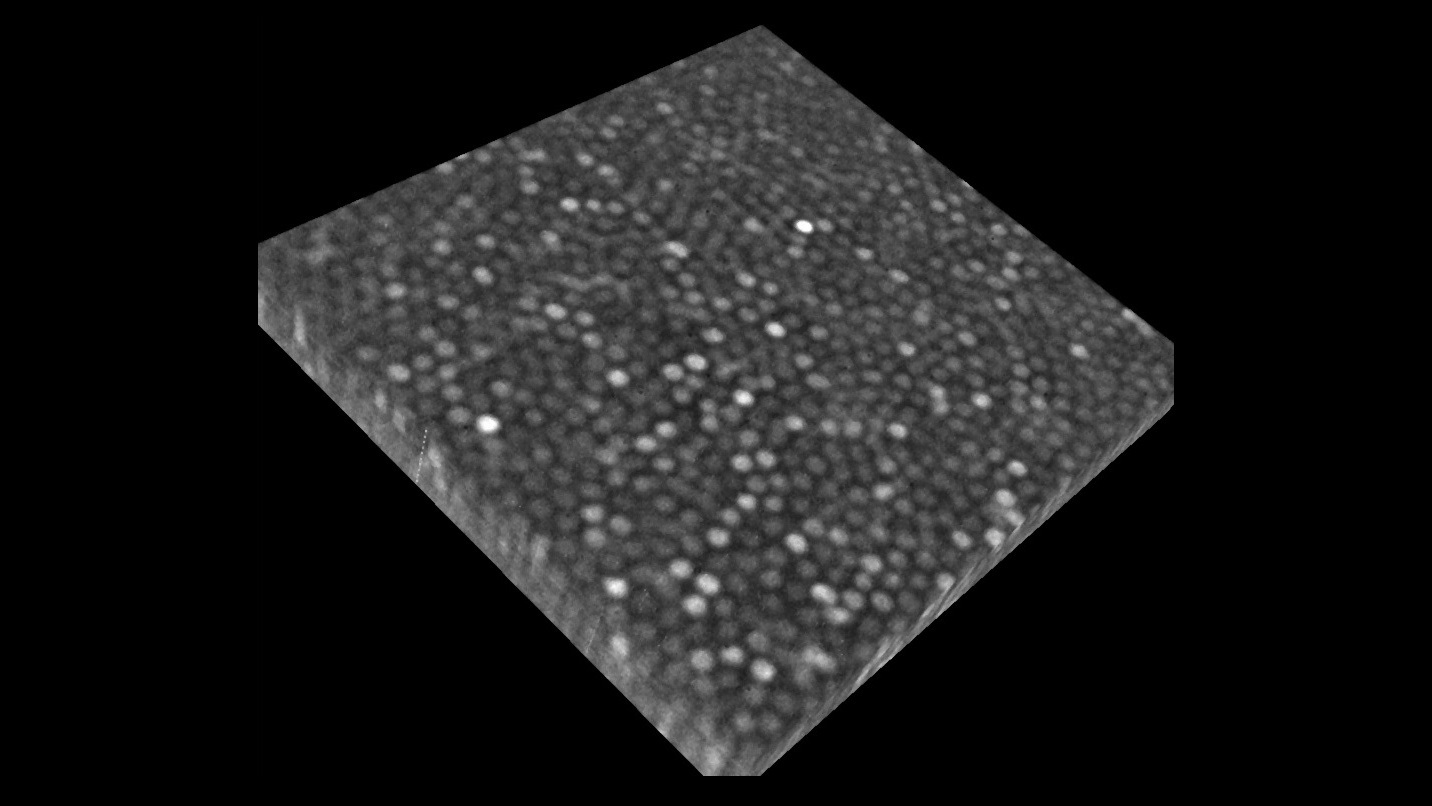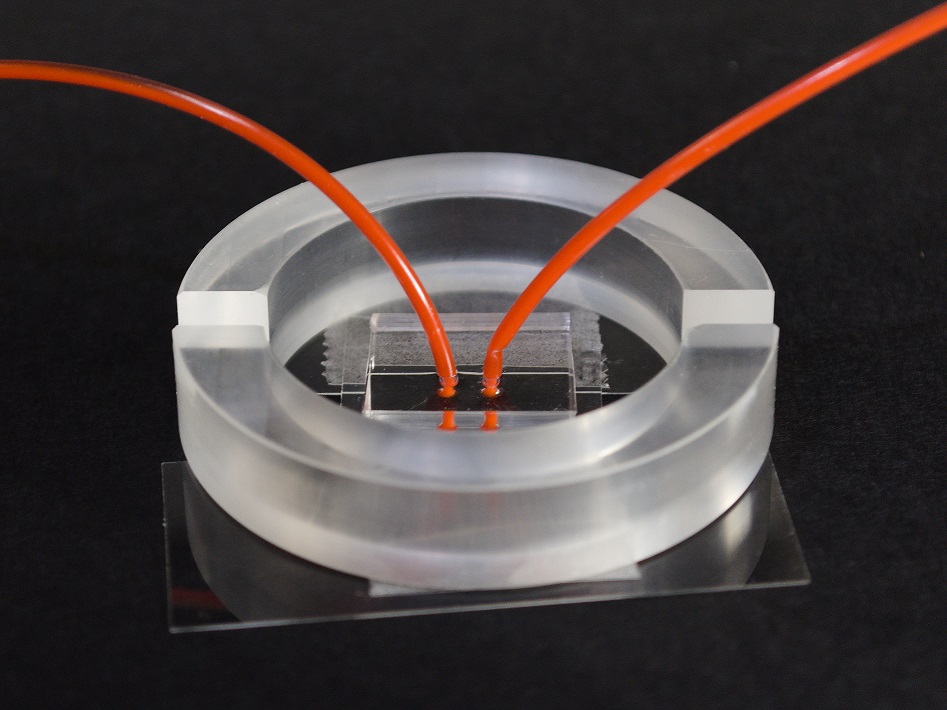Are you aware that a window-pane glass has the same atomic/molecular arrangements as that of water! Why are glasses rigid then? Why is their relaxation time so long? On the right side, you can see the typical ways to frustrate ordered packing and realize colloidal supercooled liquids and glasses in two- [top two videos on the right] and three-dimensions [bottom image on the right] in lab. By tracking these ‘Model Big Atoms’ in real-time with an optical or a confocal microscope, we investigate the underlying mechanisms that govern the structural relaxation processes in these dense amorphous materials. In the pursuit to elucidate these phenomena, the microscopy is often complemented with other experimental tools such as holographic optical tweezers, and with computational tools like machine learning. We are also interested in exploring the experimental phase space that dictates the nature and stability of colloidal glasses. Besides new fundamental understanding, the insights gleaned from these experiments can have a significant impact on industries such as pharmaceuticals and energy devices.
Nature is a timeless source of inspiration. For instance, the human blood along with its constituents, such as the red blood cells (RBCs), traverses almost 19,000 kilometres every day, through a network of arteries, veins and capillaries. Surprisingly, at times a capillary can be narrower in diameter than the RBCs itself. Can we, therefore, learn from theses natural transport processes, and improve existing designs of flow channels? In this context, one can also explore the role of interaction of suspended particles among themselves, and/or with channel walls which at times lead to clogging/jamming of the channels. The well-established techniques of microfluidics [top image on the left] and microscopy provide an excellent platform to understand the phenomena of clogging/jamming at the resolution of a single-particle, especially past physical obstacles and/or barriers [bottom image on the left]. The microscopic underpinnings of these critical phenomena hold the potential to not only help us in ameliorating life-threatening situations like a stroke but can also be gainfully used for technologies such as filtration and particle sorting.
Colloids have tremendous potential for applications in modern technology like structural colours and photonic band-gap materials. The fundamental question that we seek to address here is if nucleation and growth kinetics of colloids on templated surfaces [top image on the right] are like their atomic/molecular counterparts which are orders of magnitude smaller in size. Moreover, the recent advancements in the synthesis of complex colloidal particles such as ellipsoids, Janus particles, rigid dimers and trimers, lock and key colloids can now enable us to probe the kinetics of self-assembly for even the complex building blocks [bottom video on the right]. It has therefore opened new avenues to track not only the translational but also the rotational motion of the individual particles. In fact, studies have demonstrated that the coupling between the rotational and translational degrees of freedom indeed leads to a rich and complex phase behaviour for particles with shape and/or interaction anisotropy. In a nutshell, can the present-day state-of-art techniques available for template assisted atomic crystal growth be directly extended to colloids?



